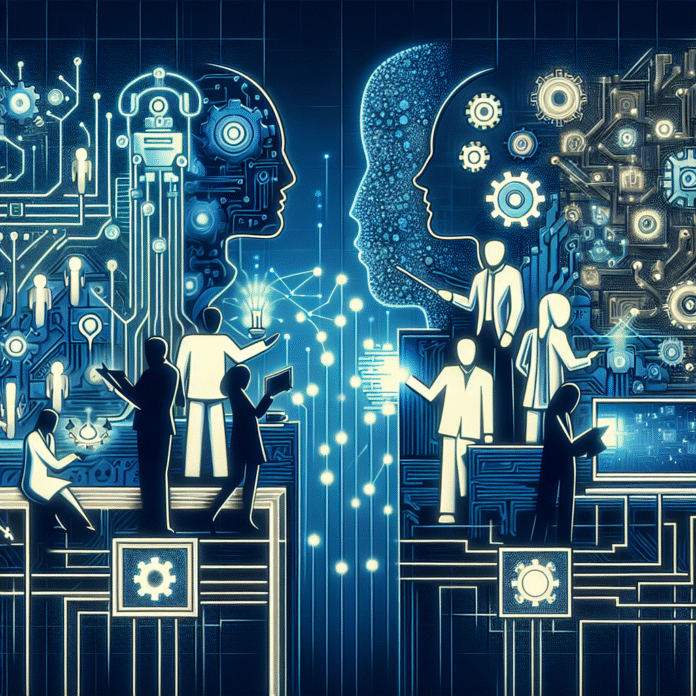Embracing AI with Gillian Hammah Bridging the AI Skills Gap How Leading Companies Are Closing the Skills Gap
MSN
Embracing AI with Gillian Hammah: Bridging the AI Skills Gap
In today’s fast-paced technological landscape, the rise of artificial intelligence (AI) has become a game changer for businesses across various sectors. However, the rapid advancement of AI technologies has also highlighted a significant skills gap in the workforce. Gillian Hammah, a prominent figure in the AI industry, emphasizes the importance of addressing this gap to ensure that organizations can fully leverage the potential of AI.
Understanding the Skills Gap in AI
The skills gap refers to the disparity between the skills that employers need and the skills that job seekers possess. In the context of AI, this gap can be particularly pronounced, with many companies struggling to find qualified candidates who are proficient in AI technologies, data analysis, machine learning, and related fields. This shortage not only hampers productivity but also stifles innovation within organizations.
Strategies to Close the Skills Gap
Leading companies are actively seeking ways to bridge the AI skills gap. Here are some strategies that organizations are implementing:
- Upskilling Current Employees: Many companies are investing in training programs to enhance the skills of their existing workforce. By offering courses in AI and machine learning, organizations can empower their employees to adapt to new technologies and methodologies.
- Partnerships with Educational Institutions: Collaborating with universities and technical schools can help companies create a pipeline of talent. By offering internships, co-op programs, or guest lectures, businesses can engage with students and help shape curriculum that aligns with industry needs.
- Emphasizing Soft Skills: While technical skills are crucial, soft skills such as critical thinking, problem-solving, and communication are equally important in the AI field. Companies are focusing on developing these skills among their employees to foster a more adaptable and innovative workforce.
- Promoting Diversity in Tech: Encouraging underrepresented groups to enter the tech field can also help close the skills gap. By supporting initiatives that promote diversity in STEM education and offering scholarships or mentorship programs, companies can help create a more inclusive workforce.
- Continuous Learning Culture: Establishing a culture of continuous learning within organizations encourages employees to stay updated with the latest AI advancements. Companies are increasingly adopting online learning platforms and resources to facilitate ongoing education.
The Role of AI in Future Job Markets
As AI continues to evolve, its influence on the job market will only increase. While some fear that AI will replace jobs, experts like Gillian Hammah argue that it will also create new opportunities. Roles focused on AI development, ethics, and integration into business processes are on the rise. Therefore, understanding AI and its implications will be essential for future job seekers.
Conclusion
Addressing the AI skills gap is critical for organizations aiming to thrive in the digital age. By investing in employee training, partnering with educational institutions, and fostering a culture of continuous learning, companies can effectively bridge this gap. As we embrace the future of work, understanding and adapting to the demands of AI will be paramount for both businesses and employees alike.

